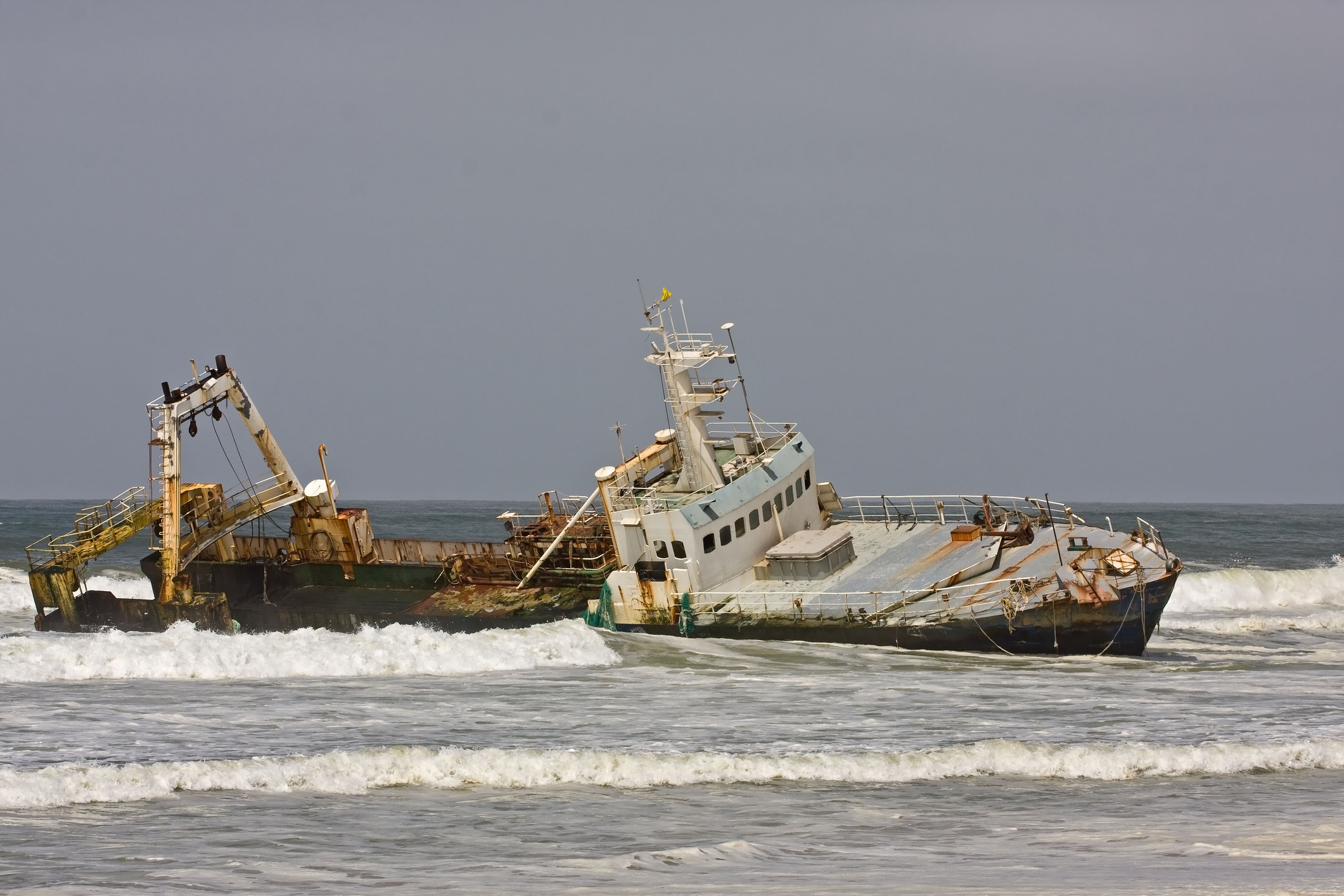The number of maritime safety incidents increased by 42% between 2018 and 2024, while during the same period the global fleet grew by just 10%, according to DNV’s latest report, Maritime Safety Trends 2014-2024: Preparing for Future Risks.
Driven mainly by an ageing fleet and machine damage/failure, the findings highlight the risks connected with operating older ships, often more prone to faults, groundings, and fire-related incidents.
The dataset, provided by Lloyd’s List Intelligence, contained more than 2,200 recorded casualty incidents per year since 2021.
Machinery damage/failure was responsible for the highest number of casualty incidents in all years, with this climbing to 60% of all cases in 2024 – up from 38% a decade ago.
The data shows a clear correlation between vessel age and operational reliability with incidents involving vessels more than 25 years old, accounting for 41% of all reported cases, up from 32% in 2014.
Across all age groups machinery damage/failure incidents grew by 20% in 2024.
Knut Ørbeck-Nilssen, CEO of DNV Maritime, said: “As freight rates surged in a tonne-miles driven market, many shipowners delayed scrapping older vessels, which put seafarers, cargo and the environment at greater risk. The industry must act decisively to improve safety standards amid an ageing fleet. This includes upgrading fire suppression systems, enforcing stricter maintenance, boosting seafarer training, and ensuring regulatory compliance. We must also support seafarers with adequate rest and shore leave.”
Among other findings, the report notes a rise in fire and explosion incidents, with a 42% increase in the past four years.
The passenger and ferry segments recorded the highest number of casualty incidents over the monitored period.
Highlighting the growing impact of geopolitical instability on maritime safety, war loss casualty incidents increased from 12 in 2023 to 51 in 2024.
The report also highlights a positive trend: casualties from collisions, groundings, and sinkings have decreased by 26% compared to 2014 levels.
While there was a slight uptick in contact-related incidents in 2023 and 2024, the overall number of accident-based casualties remains well below 2014 figures.
Øystein Goksøyr, head of department safety, risk and systems at DNV Maritime, noted: “To mitigate future risks, there is a need for thorough risk-assessments in the development of new technologies, particularly in areas where regulation is lacking or non-existent. Integrating the human element alongside technological advancements significantly improves safety outcomes. This means updating and enhancing safety protocols, alongside improved crew training.”



